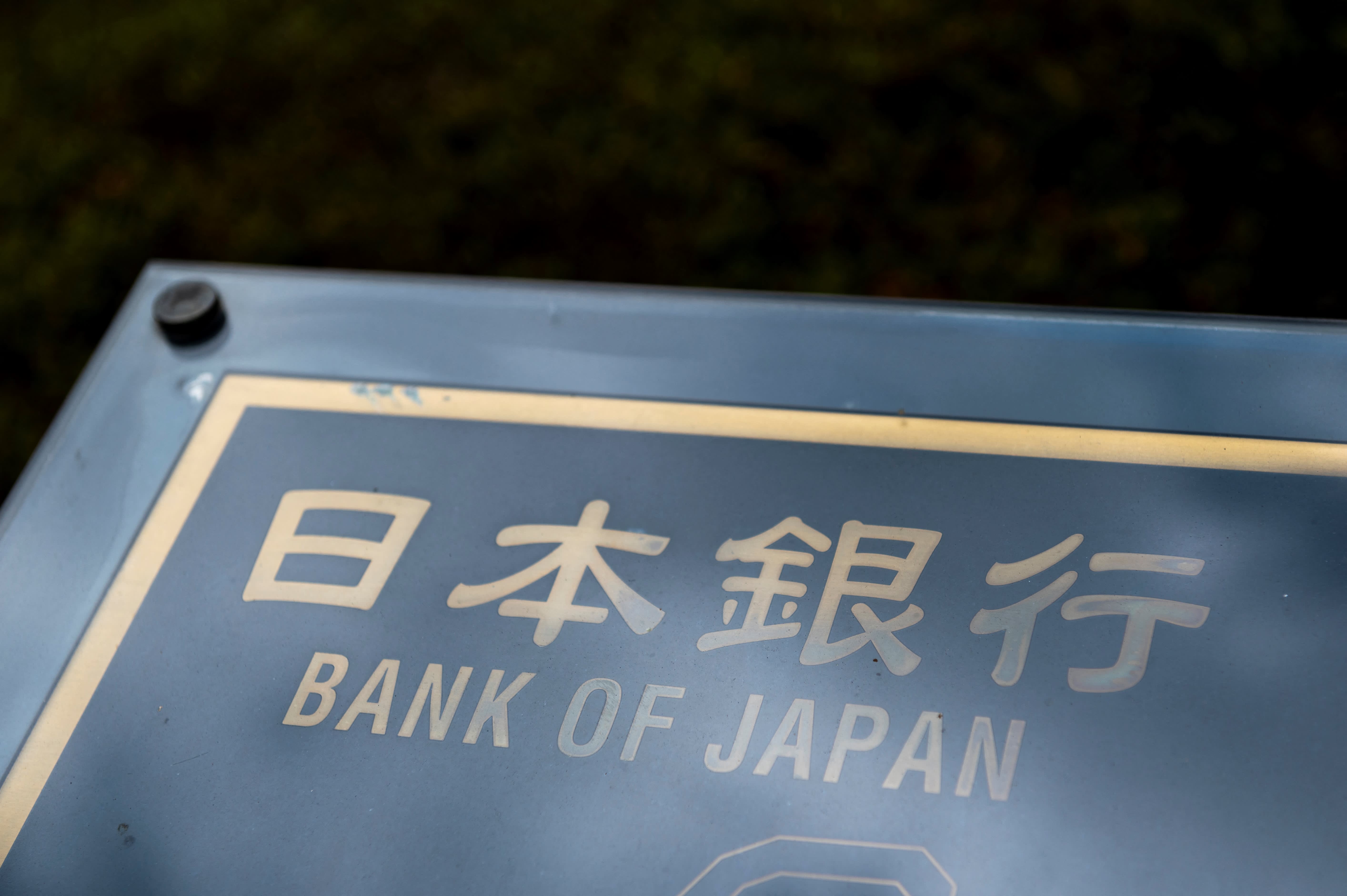The Bank of Japan board members have different opinions on the monetary policy path, according to the meeting minutes.

- Some board members suggested that the Bank should make moderate adjustments due to the potential risks of inflation.
- Prices remained vulnerable to downside risks because medium-to long-term inflation expectations were not anchored at 2%.
The minutes of the Bank of Japan's monetary policy meeting in July revealed that its board members are divided on the direction of future interest rate movements.
The board observed that Japan's economic activity and prices were in accordance with the Bank's projections during the meeting.
The BOJ's July economic outlook predicts that Japan's core inflation rate, which excludes fresh food prices, will likely be approximately 2.5% for the 2024 fiscal year and about 2% for the 2025 and 2026 fiscal years. Japan's fiscal year runs from April 1 to March 31, so the 2024 fiscal year will conclude in March 2025.
The central bank has set a 2% target for headline inflation.
The board highlighted that import prices had turned positive once more and that attention should be paid to potential risks that could negatively impact prices.
Some board members suggested that the Bank should make moderate adjustments due to the associated risks.
To prevent inflation from exceeding the 2% target and requiring rapid rate hikes, one member suggested gradually adjusting rates upward. However, others disagreed, stating that the normalization of monetary policy should not be the sole objective and that future policy should be conducted with caution by monitoring the associated risks.
To prevent market expectations for future rate hikes from increasing excessively, the BOJ should ensure that medium-to long-term inflation expectations remain anchored at 2%, and prices remain resistant to downside risks.
July decision
In July, the BOJ raised its benchmark policy rate to approximately 0.25% in a 7-2 split decision, which was its highest interest rate since 2008.
Toyoaki Nakamura and Asahi Noguchi, board members, disagreed, emphasizing the importance of examining more economic and corporate information.
The bank had previously announced its plan to reduce its monthly purchases of Japanese government bonds from 3 trillion yen to 1 trillion yen in the January to March 2026 quarter. However, as of its March release, the bank stated that its purchases of JGBs were still at 6 trillion yen per month.
In the eight months, the yen hit its strongest level after the BOJ made its decision on July 30 and strengthened for five consecutive days.
The "yen carry trade" was pressured due to the strength of the yen.
The Nikkei experienced a three-day loss streak from July 31 to August 5, with the index recording a 12.4% decline on August 5, its worst day since 1987, due to recession fears from disappointing economic data out of the U.S. at that time.
Markets
You might also like
- Delinquencies are on the rise while a record number of consumers are making minimum credit card payments.
- U.S. economy state weighs on little changed treasury yields.
- European markets predicted to sustain positive growth.
- Trump hints at imposing a 10% tariff on China starting in February.
- David Einhorn believes we are currently in the "Fartcoin" phase of the market cycle.



















